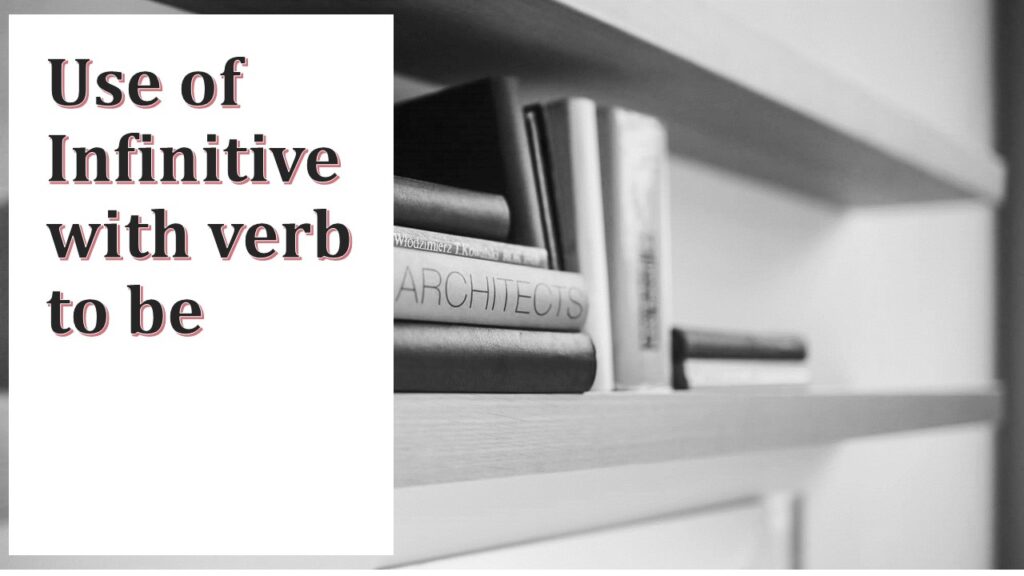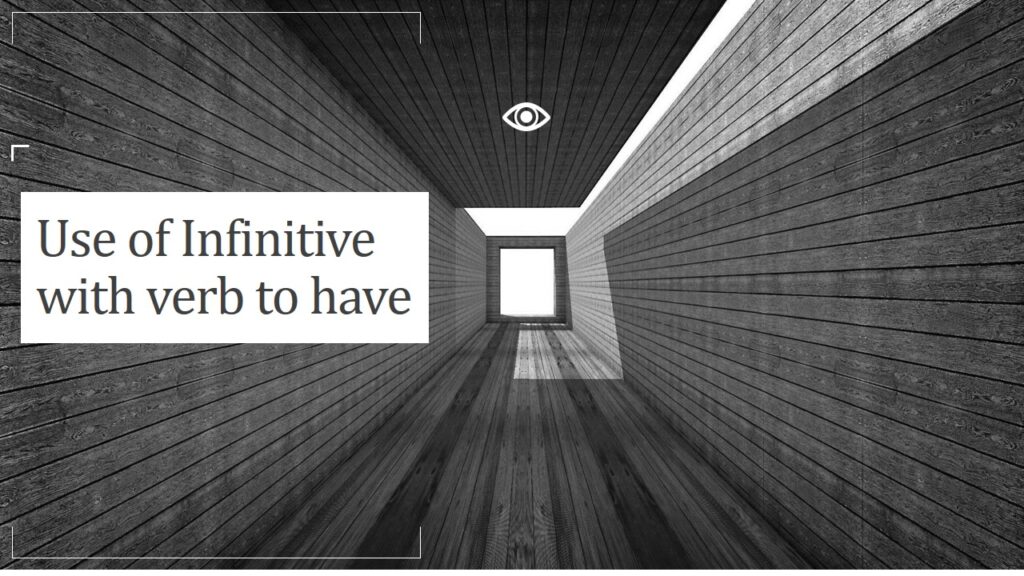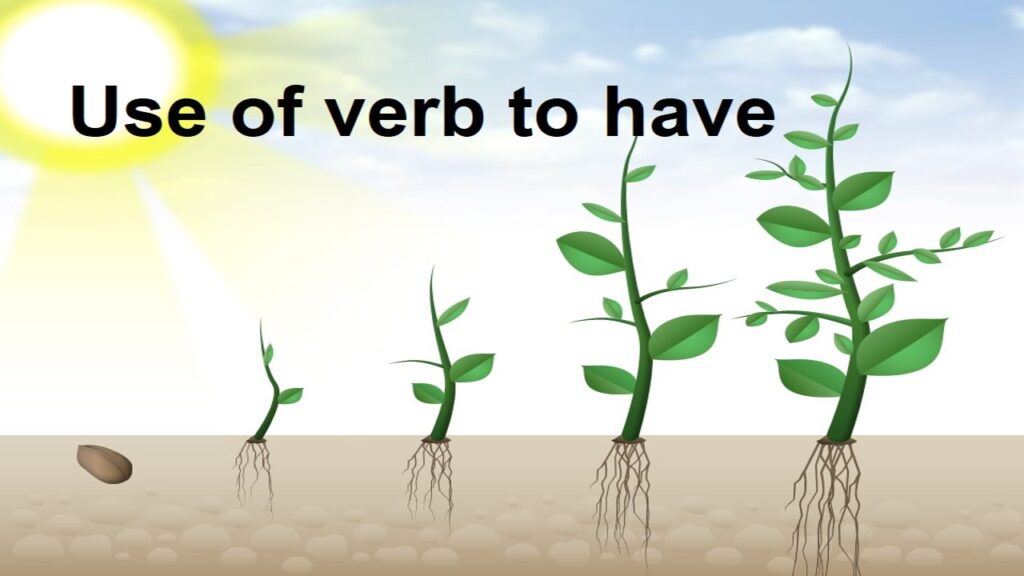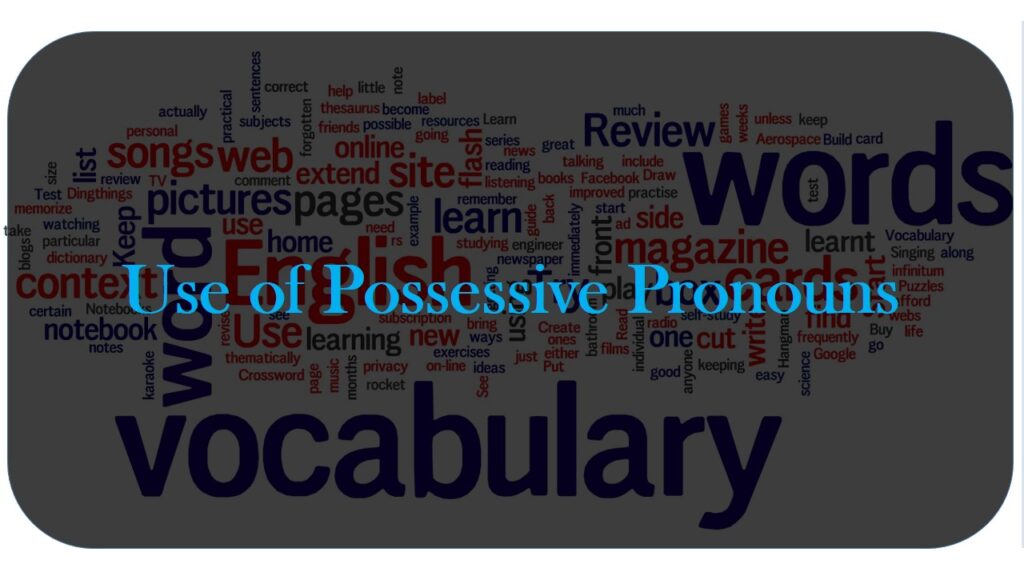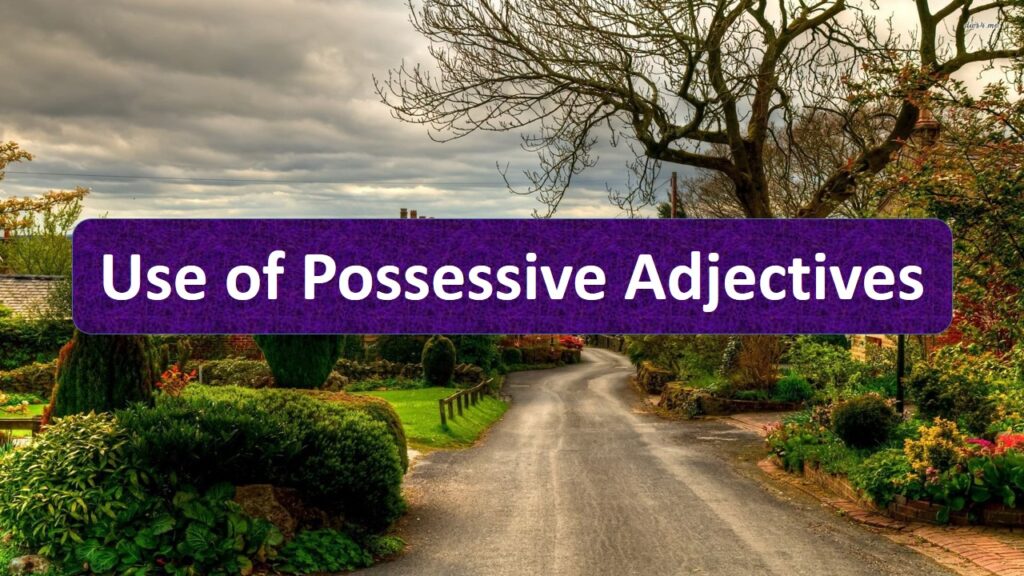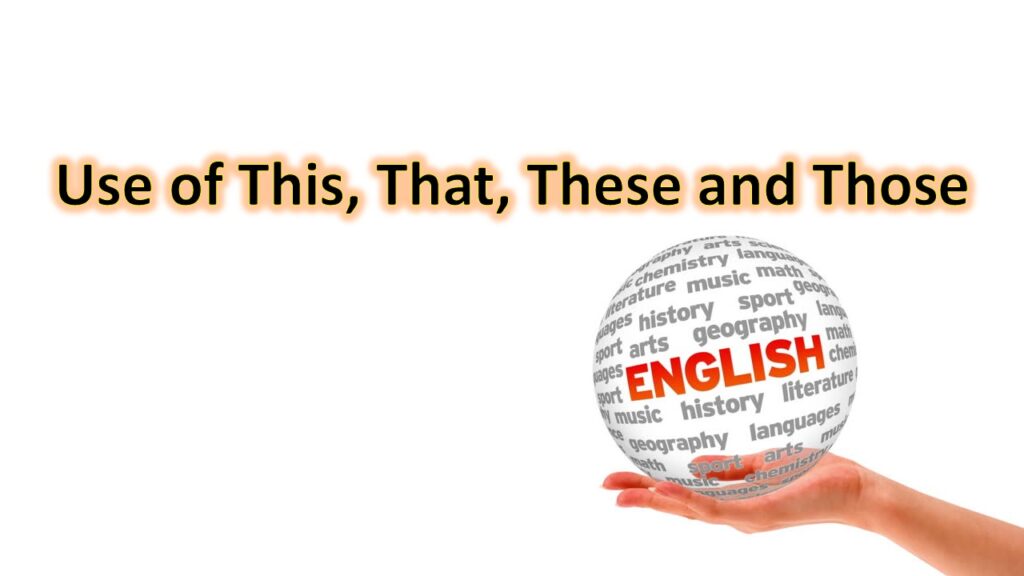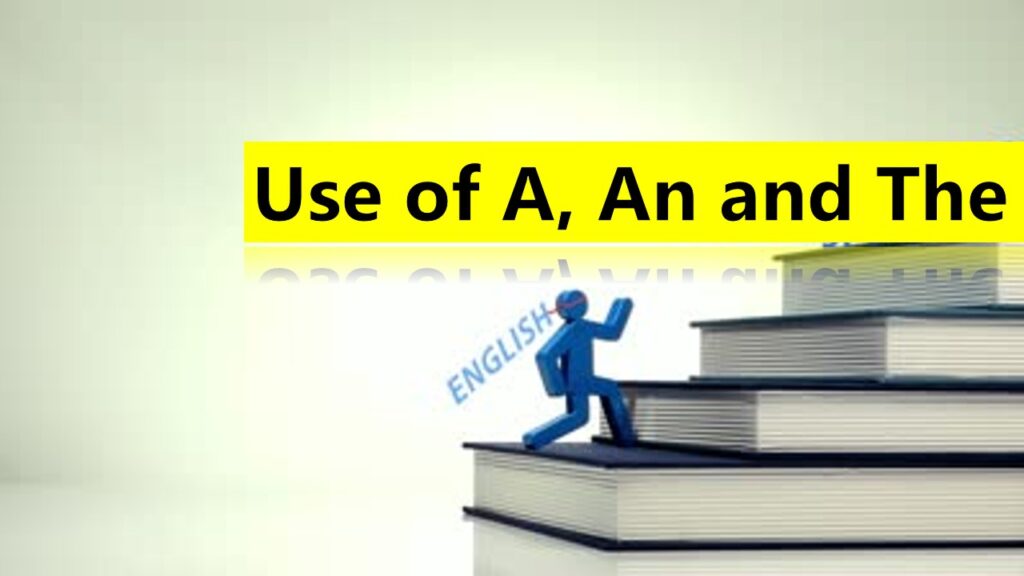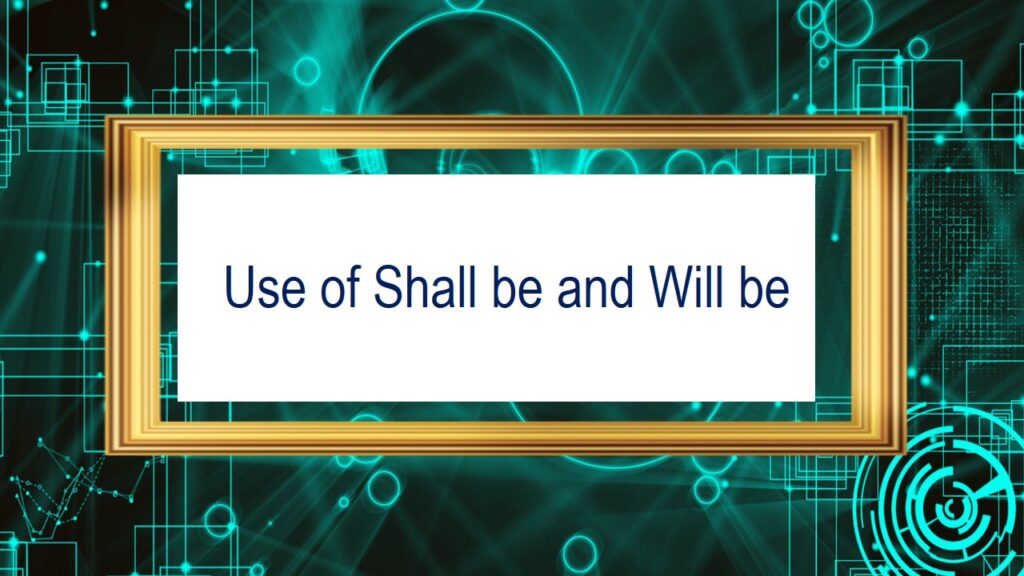Use of Infinitive with verb to be in Present Tense, Past Tense and Future Tense in Hindi with Examples and Exercise
Verb ‘to be’ का रूप Present Tense में am/is/are, Past Tense में was/were और Future Tense में shall be/will be होता है। अब आप Verb ‘to be’ के साथ infinitive का प्रयोग देखें। Infinitive का अर्थ है—to + verb (to go, to eat, to dance, etc.) Past Tense में प्रयोग Subject + am/is/are + infinitive. … Read more

